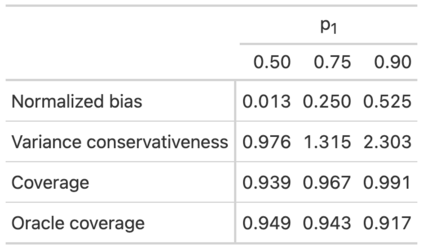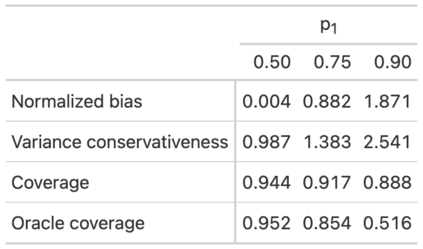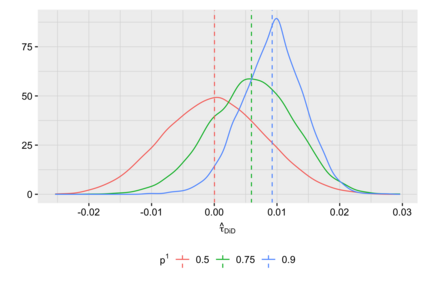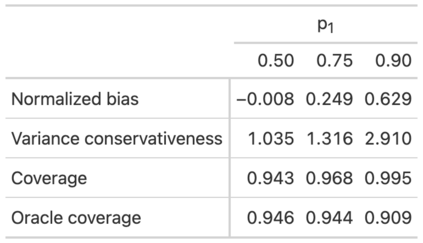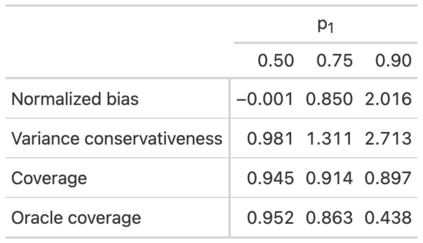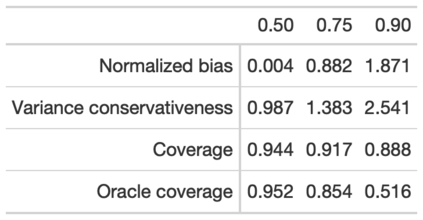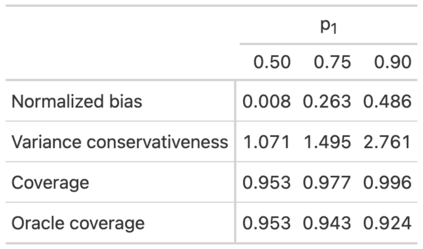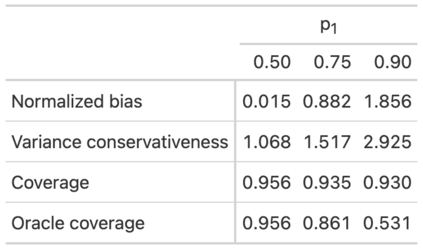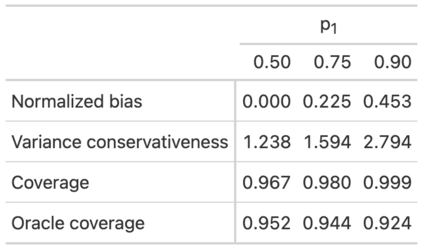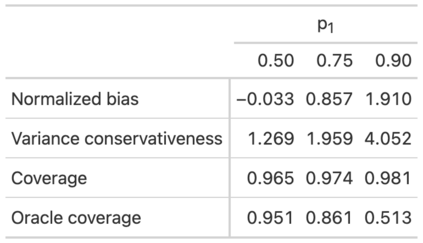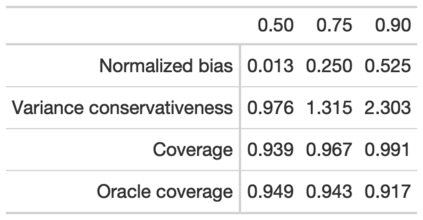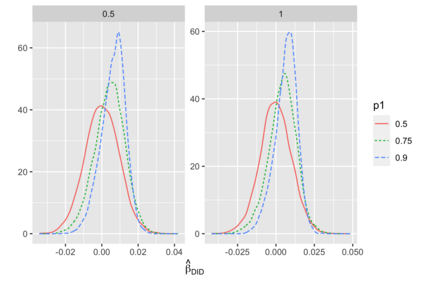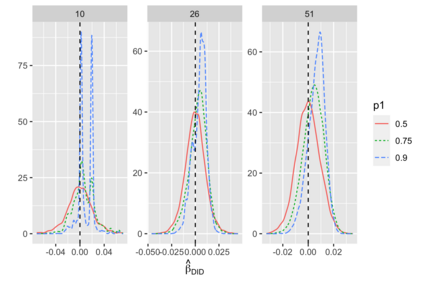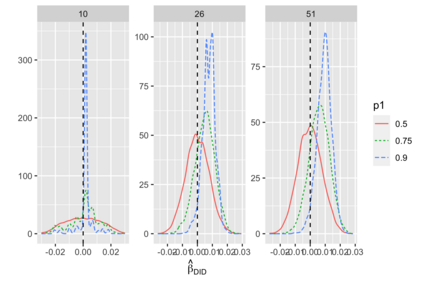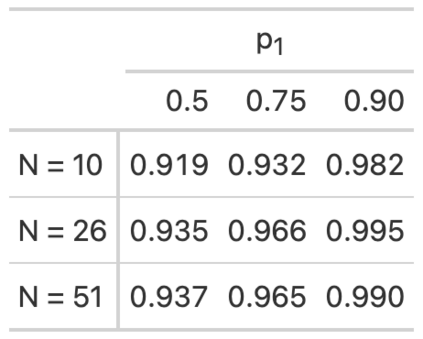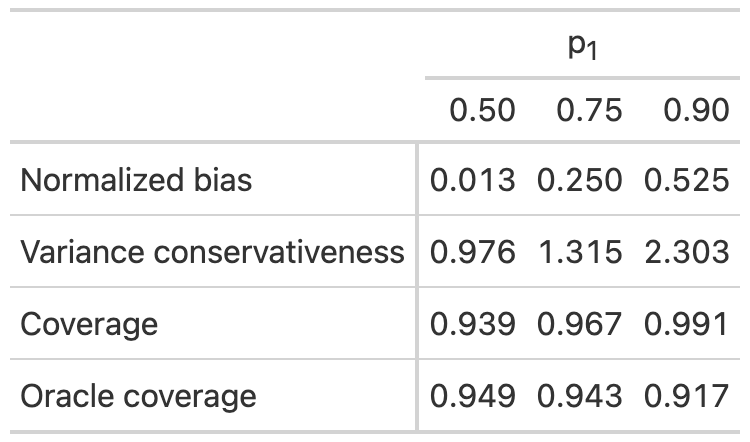This paper develops a design-based theory of uncertainty that is suitable for analyzing quasi-experimental settings, such as difference-in-differences (DiD). A key feature of our framework is that each unit has an idiosyncratic treatment probability that is unknown to the researcher and may be related to the potential outcomes. We derive formulas for the bias of common estimators (including DiD), and provide conditions under which they are unbiased for an intrepretable causal estimand (e.g., analogs to the ATE or ATT). We further show that when the finite population is large, conventional standard errors are valid but typically conservative estimates of the variance of the estimator over the randomization distribution. An interesting feature of our framework is that conventional standard errors tend to become more conservative when treatment probabilities vary across units. This conservativeness helps to (partially) mitigate the undercoverage of confidence intervals when the estimator is biased. Thus, for example, confidence intervals for the DiD estimator can have correct coverage for the average treatment effect on the treated even if the parallel trends assumption does not hold exactly. We show that these dynamics can be important in simulations calibrated to real labor-market data. Our results also have implications for the appropriate level to cluster standard errors, and for the analysis of linear covariate adjustment and instrumental variables.
翻译:本文开发了一种基于设计、适合分析准实验环境的不确定性理论,例如差异差异(DID)。 我们框架的一个关键特征是,每个单位都有研究者所不知道的、可能与潜在结果相关的特殊治疗概率。 我们为共同估计者(包括DID)的偏差得出公式,并提供了一种条件,在这种条件下,它们对于不可弥补的因果关系(例如,与ATE或ATT的类比)是不带偏见的。 我们还进一步表明,当有限的人口数量庞大时,常规标准错误是有效的,但通常对估计者在随机分布上的差异进行保守的估计。我们框架的一个有趣的特征是,当处理可能性不同单位时,常规标准错误会变得更加保守。这种保守性有助于(部分地)在估计者有偏差时减轻信任期的底线间隔。因此,DID估计者的信任度可以纠正平均治疗效果的覆盖面,而对于实际处理的统计标准差则通常保守性的估计。我们框架的一个有趣的特征是,如果平行的市场趋势确实能维持我们这些平行的汇率,那么,我们就可以对这些平行的汇率进行共同的汇率分析。

